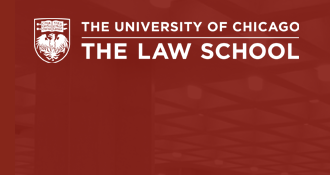
Coase-Sandor Working Paper Series in Law and Economics
Publication Date
2001
Publication Title
Law & Economics Working Papers
Abstract
This paper presents an economic analysis of the Visual Arts Rights Act of 1990 (VARA) which provides attribution and integrity rights, commonly called moral rights, for defined types of artistic works. The paper shows that these laws may actually harm artists by adding contracting and transaction costs in the art market. For most works, these costs will be trivial because collectors have a strong self-interest in preserving the works in good condition. These costs are likely to be significant, however, for works subject to destruction or alteration in the future, such as sitespecific works and works installed in buildings, because purchasers will require waivers rather than risk violating the Act. The paper also examines the few cases that have been litigated under VARA. Consistent with the economic model, these cases involve large-scale works by relatively unknown artist that have been destroyed by building projects. Finally, the paper presents an empirical analysis of state moral rights laws. Nine states enacted these laws prior to VARA. These laws had no significant effect on artist earnings but a positive and significant effect on the number of artists living and working in the state.
Number
123
Recommended Citation
William M. Landes, "What Has the Visual Arts Rights Act of 1990 Accomplished?" (John M. Olin Program in Law and Economics Working Paper No. 123, 2001).


Additional Information
Chicago Unbound includes both works in progress and final versions of articles. Please be aware that a more recent version of this article may be available on Chicago Unbound, SSRN or elsewhere.